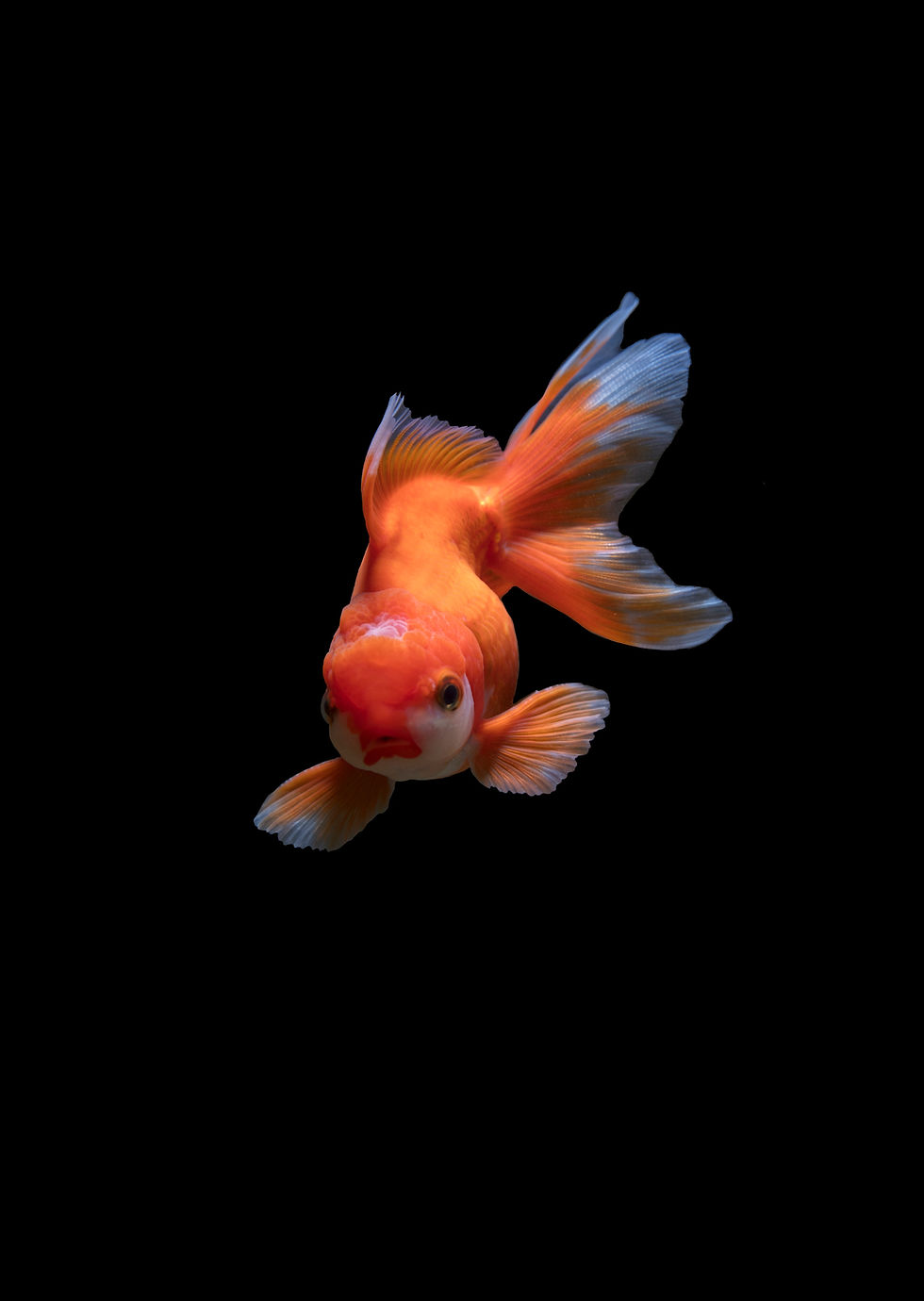An introduction to Aquaponics
- Jessica Evans
- May 23, 2019
- 3 min read
I remember once, on a visit to Cape Town, seeing a strange contraption at the V&A waterfront (what’s new, am I right?). It consisted of vertical PVC pipes and veggie plants popping out at various intervals up the length of each pipe. At the bottom of these pipes was a trough of water and, to make it even stranger, a few fish swimming around. I didn’t know it at the time, but I was looking at an aquaponics system.
What’s that?
Aquaponics is a method of farming. It combines aquaculture, which is the raising of aquatic organisms like fish, prawns, or snails, and hydroponics, which involves growing plants in water.
Aquaponics can be used to farm both fresh produce and fish, but can just produce plants and keep fish with no intention of selling them.

Tilapia are the most common type of fish used in aquaponics, but if the fish needn't be edible, goldfish and koi can be used. Photo by Elise St. Claire on Unsplash.
How does it work?
The waste and debris produced by the aquatic organisms gets broken down by bacteria into usable forms of nitrate, that the plants then use for nutrients.
The maturity of the system, or how many aquatic organisms it has, can affect the production of plants. For example, systems containing more fish are capable of supporting produce with higher nutrient requirements like tomatoes, cucumbers and peppers.
Leafy greens like spinach, chives, basil and Chinese cabbage grow easily in aquaponics systems because they don’t require as much nutrients as tomatoes and peppers.

Photo by Harshal S. Hirve on Unsplash.
Is it water-wise?
When it comes to water usage, aquaponics systems come out quite efficient. The water in the system is perpetually being cycled between the aquatic organisms, the nitrifying bacteria, and the plants, with each component doing its bit to add nutrients and oxygen, and to clean the water.
Water is only added to the system to compensate for evaporation, transpiration, and uptake by the plants, so aquaponics is ultra-efficient. In fact, aquaponics only uses 2% (!!) the amount of water used in traditional farming. So it’s an excellent option for water scarce regions like South Africa.

Traditional farming uses immense volumes of water and loses a lot of it due to runoff and soil drainage. Photo by mrjn photography on Unsplash.
Is it vegan?
Well, that depends on what you think. If veganism to you is simply only eating plants, then yes. If veganism to you involves no farming and rearing of animals, then not really because aquatic organisms are kept and bred specifically to provide nutrients to plants. But it's important to realise that veganism isn’t the answer to everything (keep reading and don't get worked up - hear me out).

Fish are kept and bred specifically as nutrient-providers in aquaponics systems, which might make them non-vegan to you. Photo by Zhengtao Tang on Unsplash.
Is it the answer?
If you’re vegan for the environment, then you might want to consider aquaponics systems as sources for your food, because of the insaaaane water-saving.
They can also be highly energy efficient, if they’re designed with energy efficiency in mind and work with gravity as far as possible.
The possibility of a vertical arrangement can also provide a solution to the issue of land use in organic and conventional farming, although aquaponics can't work for all of our fresh produce.

A lot of produce doesn't grow easily in aquaponics, even though it's possible. So aquaponics isn't the answer to the problems of conventional and organic farming, but it could be just one of many steps to take in the right direction. Photo by Gabriel Gurrola on Unsplash.
Food is a huge part of everyday science, and aquaponics is just one possibility of changing agriculture – something we need – into something that could help the environment at the same time.






Comments